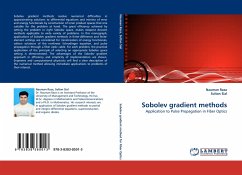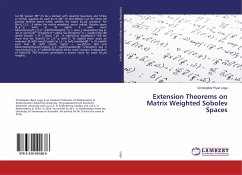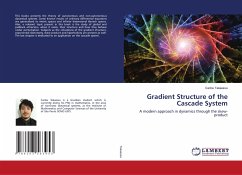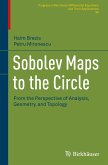Sobolev gradient methods resolve numerical difficulties in approximating solutions to differential equations and minima of error and energy functionals by construction of inner product spaces that one suitable for the problem at hand. The great efficiency achieved by setting the problem in right Sobolev space, makes steepest descent methods applicable to wide variety of problems. In this monograph, applications of Sobolev gradient methods in finite-difference and finite-element settings are considered for minimization of energy functionals, soliton solutions of the nonlinear Schrodinger equation, and pulse propagation through a fiber optic cable. For each problem, the practical application of the principle of selecting an appropriate Sobolev space setting is demonstrated. The advantages of the Sobolev gradient approach in efficiency and simplicity of implementation are shown. Engineers and computational physicists will find a clear description of the numerical method allowing immediate applications to problems of their interest.
Bitte wählen Sie Ihr Anliegen aus.
Rechnungen
Retourenschein anfordern
Bestellstatus
Storno








